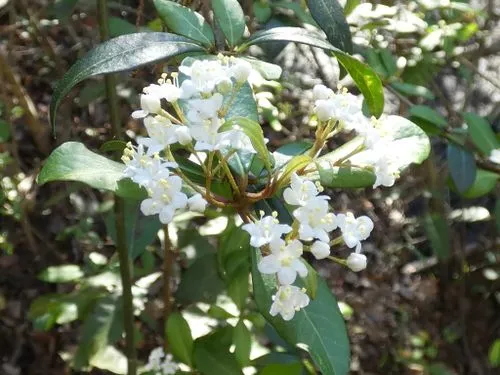List of Maine Milkweeds
Maine Milkweed Species to Include in your Butterfly Garden
There are three species of Maine milkweeds (Asclepias spp.) that are native to state and one, Asclepias tubrerosa, that was there historically. Milkweeds are an important host species for Monarch, Queen, and Soldier Butterflies. The Monarch butterfly in particular uses the cardenolides found in the milky sap of milkweeds to give an unpleasant taste to predators. These plants are also an important nectar source to all insects visiting your pollinator garden.
1. Poke Milkweed (Asclepias exaltata), a Maine Milkweed for Shade and Moist Soils
Poke Milkweed (Ascelpias exaltata): Poke milkweed is located in the southwestern counties of the state (Kartesz 2015). In the wild, poke milkweed grows in moist woods, roadsides, and the edges of woods. Growing from 2 to 6 feet tall, it has flowers that are white to green with accents of rose, purple, or blue. Blooming occurs from May to August.
In your Maine butterfly garden, this milkweed is hardy in zones 3-9 and requires part-shade to full shade and moist soil. For shade gardens, this is a choice milkweed. Seeds of poke milkweed can be purchased in the McMullen House Bed & Breakfast Garden Shop.


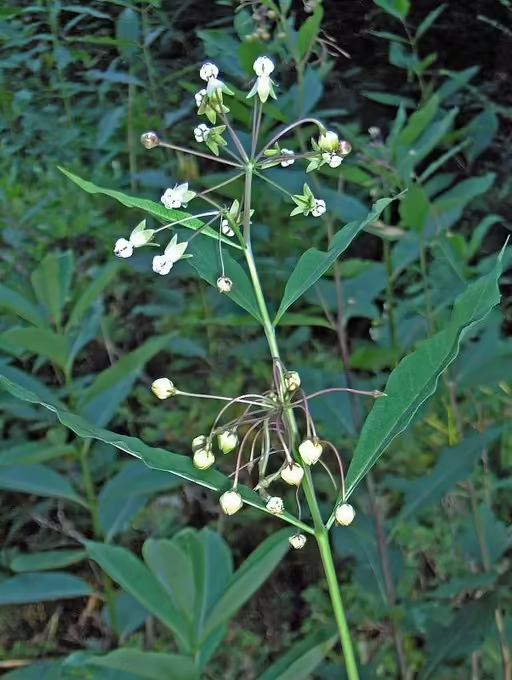
2. Swamp Milkweed (Asclepias incarnata), a Milkweed for Moist Soils
Swamp Milkweed (Asclepias incarnata): Swamp milkweed has two subspecies, ssp. incarnata and ssp. pulchra. Both are found throughout Maine (Kartesz 2015). Subsp. incarnata is hardy in zones 3-9, while subsp. pulchra is hardy in zones 4-9. Like the name suggests this plant is found in wet places such as the shores of streams, lakes, ponds, and other wetlands. However, as a landscape plant it can exist in drier places. The flowers are variable and are generally a pink to red color, but there is also a white cultivar (pictured below).
In your Maine butterfly garden, swamp milkweed is hardy in zones 3-9 and requires full sun to part-shade in medium to moist soils. As a landscape it can handle drier soils. Seeds of swamp milkweed can be purchased in the McMullen House Bed & Breakfast Garden Shop.
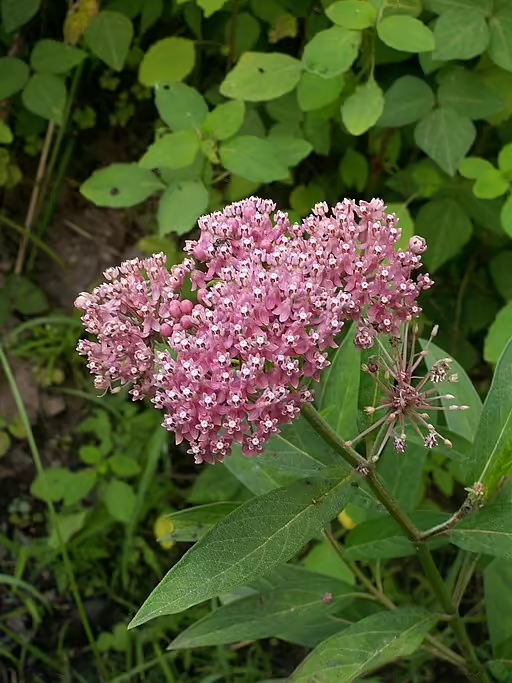

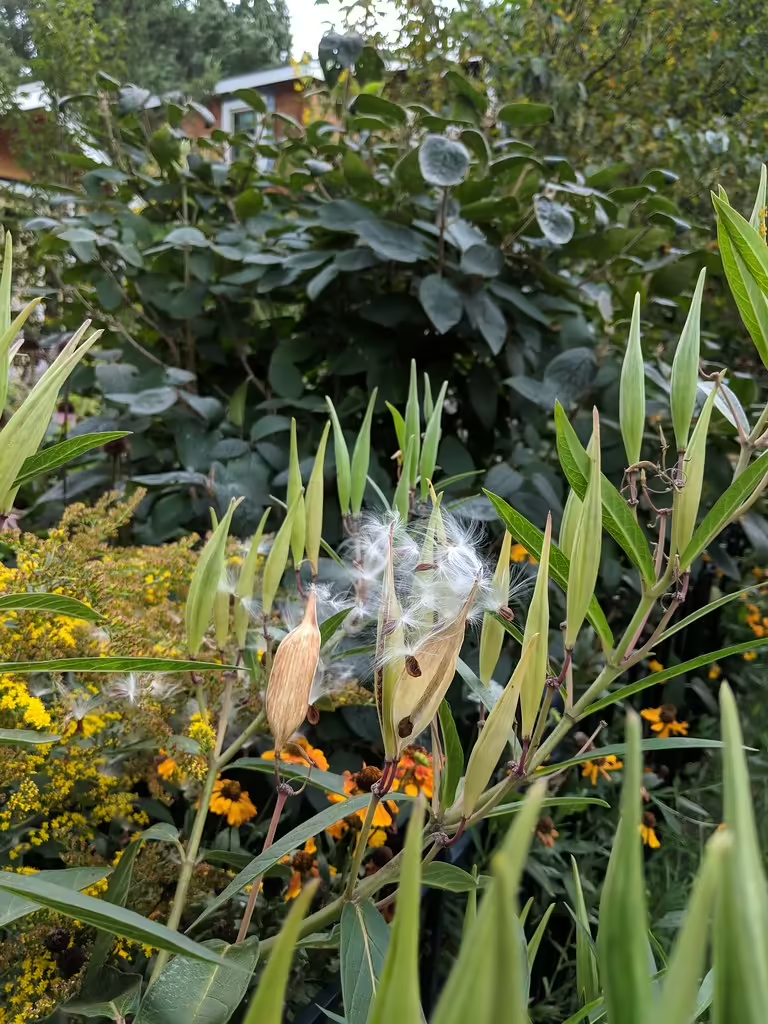
3. Common Milkweed (Asclepias syriaca), a Maine Milkweed for all Soils
Common Milkweed (Asclepias syriaca): Common milkweed is located throughout Maine (Kartesz 2015). In the wild, common milkweed grows in open areas such as fields, pastures, and roadsides, where it can receive full sun. Growing up to 6 feet tall, it has flowers ranging from pink, greenish-purple, greenish-white, to white and bloom from June to August.
In your Maine butterfly garden, this milkweed is hardy in zones 3-9 and requires full sun to part-shade and any type of soil. As the name implies, this is one of the most common and important milkweed species for the Monarch butterfly and other butterflies. Seeds of common milkweed can be purchased in the McMullen House Bed & Breakfast Garden Shop.
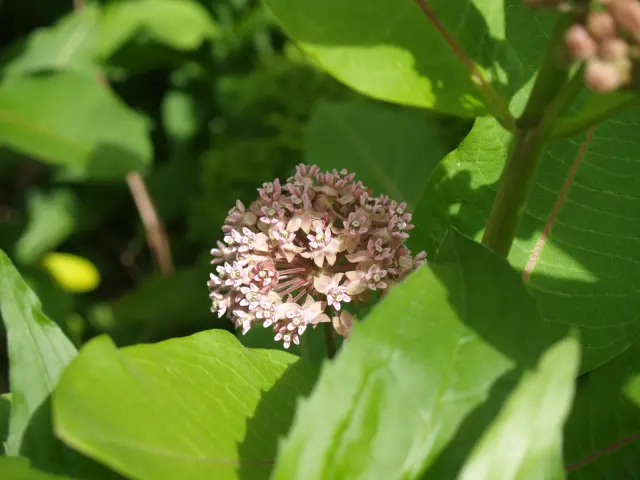

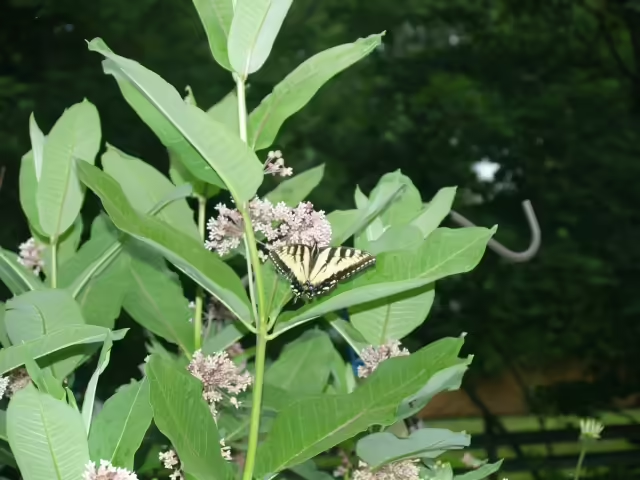
Historic: Butterfly Weed (Asclepias tuberosa), a Maine Milkweed for all Soils
Butterfly Weed (Asclepias tuberosa): Butterfly weed used to be present in Maine (Kartesz 2015), but not been seen for awhile and is considered to be historic. In Maine, subspecies tuberosa is the only one that occurs. In the wild, butterfly weed grows in open areas with full sun such as fields, roadsides, and open woods. Growing from 1 to 30 feet tall, it has characteristically orange flowers that bloom throughout the summer and sometimes into the autumn.
In your Maine butterfly garden, this milkweed is hardy from zones 3-9 and requires full sun in any type of soil condition. This is one of two milkweeds in North America that does not have milky sap. Seeds of butterfly weed can be purchased in the McMullen House Bed & Breakfast Garden Shop.
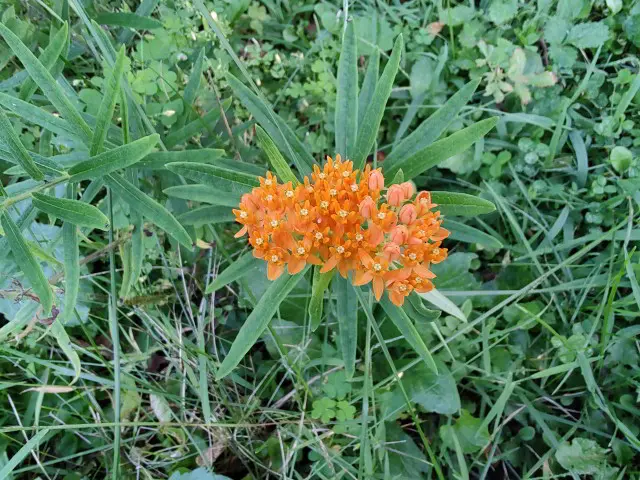
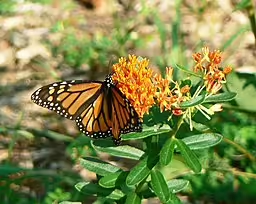

When selecting your Maine milkweed, be sure to make sure that it grows in your zone and habitat. While is fairly far north for a lot of milkweeds, there are number of milkweeds, even though they are not native, that can grow in the hardiness zones present in Maine. Some of the these include purple milkweed (Asclepias purpurascens), green comet milkweed (Asclepias viridiflora), clasping milkweed (Asclepias amplexicaulis), and red-ring milkweed (Asclepias variegata).
References for Maine Milkweeds
- Kartesz, J.T., The Biota of North America Program (BONAP). 2015. Taxonomic Data Center. Link to website. Chapel Hill, N.C. [maps generated from Kartesz, J.T. 2015. Floristic Synthesis of North America, Version 1.0. Biota of North America Program (BONAP). (in press)]
